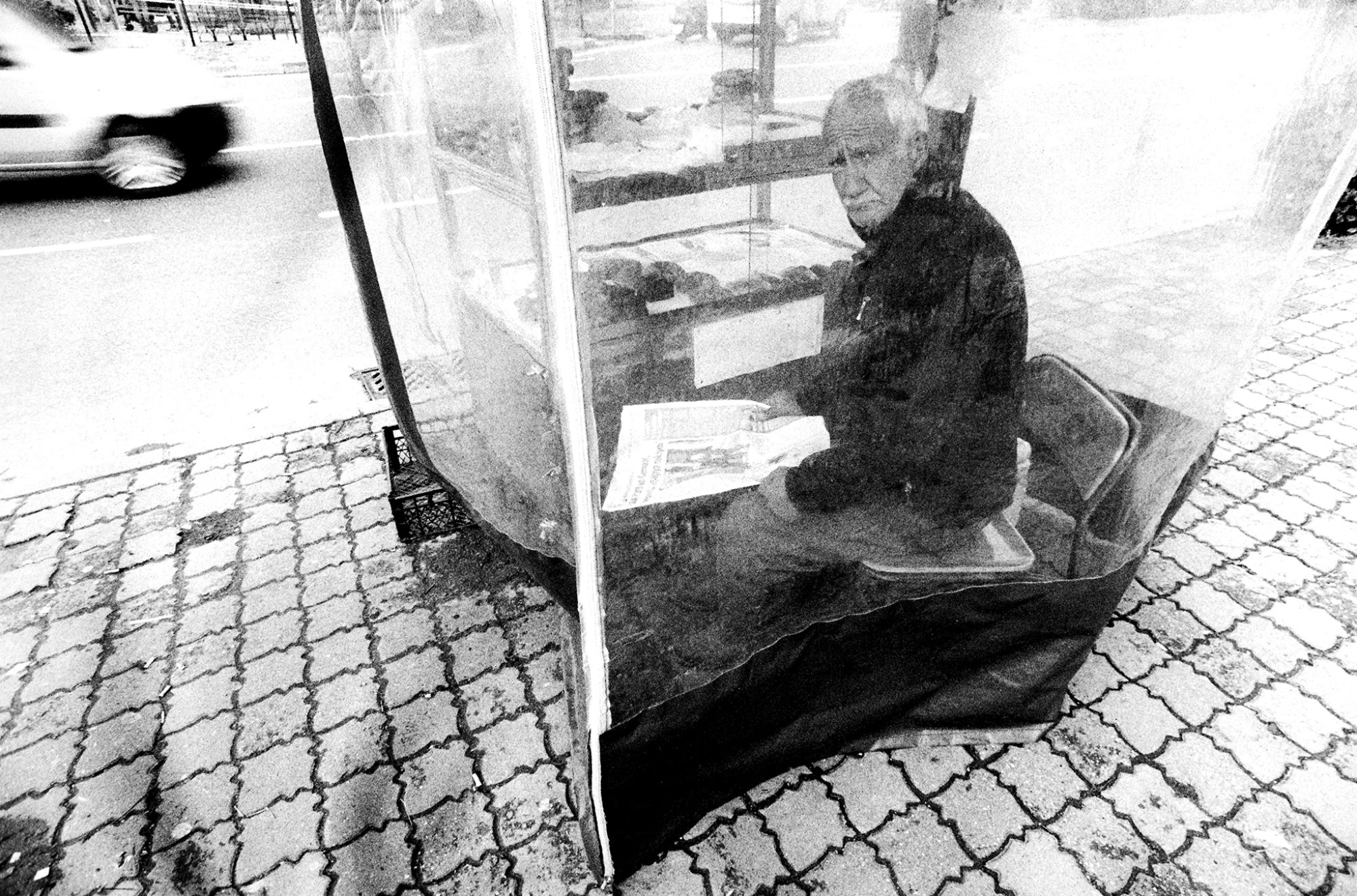Back in September 2017 I bought an Intrepid 4×5 camera, a wood-made modern version of the original view camera – the kind of camera that has been around for more than a century, and that is as simple as it gets: a lens, a base to hold the entire structure and a ground glass where to frame and focus. Many companies still make them (e.g. Toyo, Linhof) and, although developments in technology exploded since the first daguerreotype in the first half of the 19th century, the concept behind them have not changed much.

One reason to use such a camera is that the film frame is much bigger than any other commercial format – these cameras usually take 4×5 and 8×10 film [such numbers refer to inches]. Bigger frame, better dynamic range and definition. Yet, there also are intricacies due to the size of the images: such cameras can have a very shallow depth of field (i.e. few centimetres from afar and just millimitres from up close) and require longer esposures. They require more time to be set up and are not meant for quick photo-taking.

Moreover, a trolley bag usually is the best way to carry them around – while holding the tripod in the other hand. Since I am a very neat – sometimes to obsessive – person, I made custom cut-outs out of foam to store the several items needed instead than buying the padded divisors.

One very practical side of such a camera is that every shot can be taken on a different film, allowing more versatility. In fact, each film slide is singularly set on a two sided film-holder (aka chassis). The consequential downside is that each of them only hold two slides and therefore to take twenty shots one would need ten of them.

Moreover, such a camera will make one stand out of any crowd as the ‘guy with a weird old bulky camera’ for sure.

That would not be optimal for street photography, but – as I previously mentioned – such a camera is not meant for such a photographic approach.

I tried to take more landscapes with the Intrepid 4×5 – a kind of picture that I usually seldom focus on. The results make similar pictures taken on smaller formats pale in comparison, due to how more detailed and graded the images shot on view cameras are.

Nonetheless, such cameras were also always used to take portraits of people. Really long portraits, considering that at the dawn of photography one would stand still for tens of seconds or even few minutes for the image to be taken. Modern films have a much higher ISO rating compared to the ones from back then [less light is now required, so the exposure time is shorter], therefore such a process is easier for both the photographer and the person that is being portrayed. Yet, this kind of camera still requires much more dedication – and also returns great satisfaction when the image comes out as intended.
Thanks to Giuditta Fullone for reviewing this article.
All the images included in this article were shot on Ilford HP5 and Fujfilm Provia 100F films on an Intrepid 4×5 view camera, B&W home-developed and colour lab-developed, and then scanned. The cover drawing is made by me.


